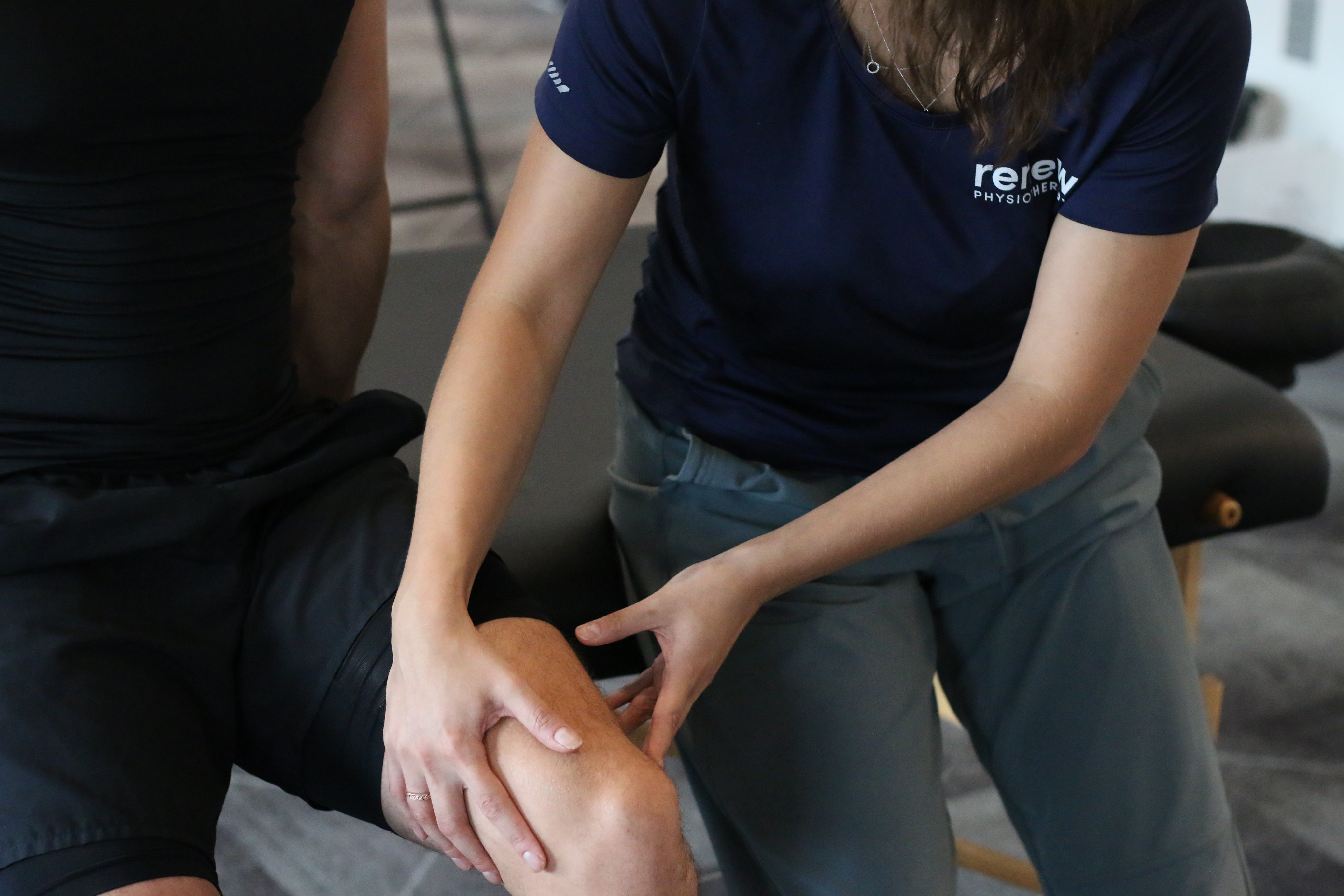Have you ever felt a sharp, shooting pain down your back that stopped you in your tracks? When your sciatic nerve is irritated, it can cause pain that radiates from the lower back through the buttocks and down your legs.
Sciatica can develop at any age and activity level. So, how can you tell when it's Sciatica versus another underlying issue when your symptoms are so similar?
As a Doctor of Physical Therapy (DPT) with years of experience treating musculoskeletal conditions, Allison Lease shares her insights and tips into Sciatica to help you better understand your pain and how you can get relief.
What is Sciatica?
Sciatica refers to the intense, shooting pains in the sciatic nerve. Your sciatic nerve is actually two large nerves that begin in the lower back, specifically originating from the lower spinal cord, and extend down the buttock and each leg. Sciatic pain occurs when this nerve becomes irritated or compressed due to an underlying condition in the back itself.
Some Symptoms of Sciatica:
- Constant pain in the lower back or one side of the buttock or leg.
- Pain that worsens when sitting.
- Burning, tingling, or searing leg pain (vs. a dull ache)
- Weakness, numbness, or difficulty moving the leg, foot, and/or toes.
- A sharp pain that may make it difficult to stand or walk.
- Pain that radiates down the leg and possibly into the foot and toes.
What triggers Sciatica?
Did you know Sciatica isn't a condition that exists on its own? It's a symptom of several different conditions, so your sciatica symptoms are there to indicate that something else is wrong.
Some common causes of Sciatica are herniated discs, degenerative disc disease, spinal stenosis, arthritis, pregnancy, or even tight buttock muscles.
What other conditions could mimic Sciatica?
It's easy to self-diagnose incorrectly and assume that you have Sciatica. However, not all lower back and leg pain is sciatic. Other causes of leg pain, numbness, and tingling can include diabetic neuropathy, referred pain from trigger points in the gluteal muscles, or pain coming from the hip, knee, or ankle.
If the symptoms are the same, how can I tell the difference?
It is always a good idea to see a professional when experiencing any pain, numbness, or tingling to ensure proper diagnosis and prevent the injury from getting worse.
Long-term nerve compression can take more time to heal than if you catch it early. Red flags that would warrant a direct visit to the ER would include loss of bowel and bladder function.
You can even consult a professional for preventative care, which includes education on proper lifting mechanics, posture retraining, core strengthening, flexibility, and practicing healthy habits (i.e., quitting smoking, exercising, and losing weight).
BONUS: Stretch Your Way to Relief!
Want to give your Sciatica the boot? Check out our blog post on "Effective Sciatica Stretches for Pain Relief" to learn key stretches to practice, their benefits, and additional methods to help start managing sciatic pain before seeing a professional.
With Allison Lease, DPT, and the rest of the Renew Wellness team by your side (plus a few stretches up your sleeve,) you're well-equipped to start fighting sciatica head-on.
Remember, knowledge is power, and taking care of yourself is always the best remedy. Click here if you're ready to kick Sciatica to the curb and reclaim your comfort and mobility with Renew!







.png)


.jpg)
